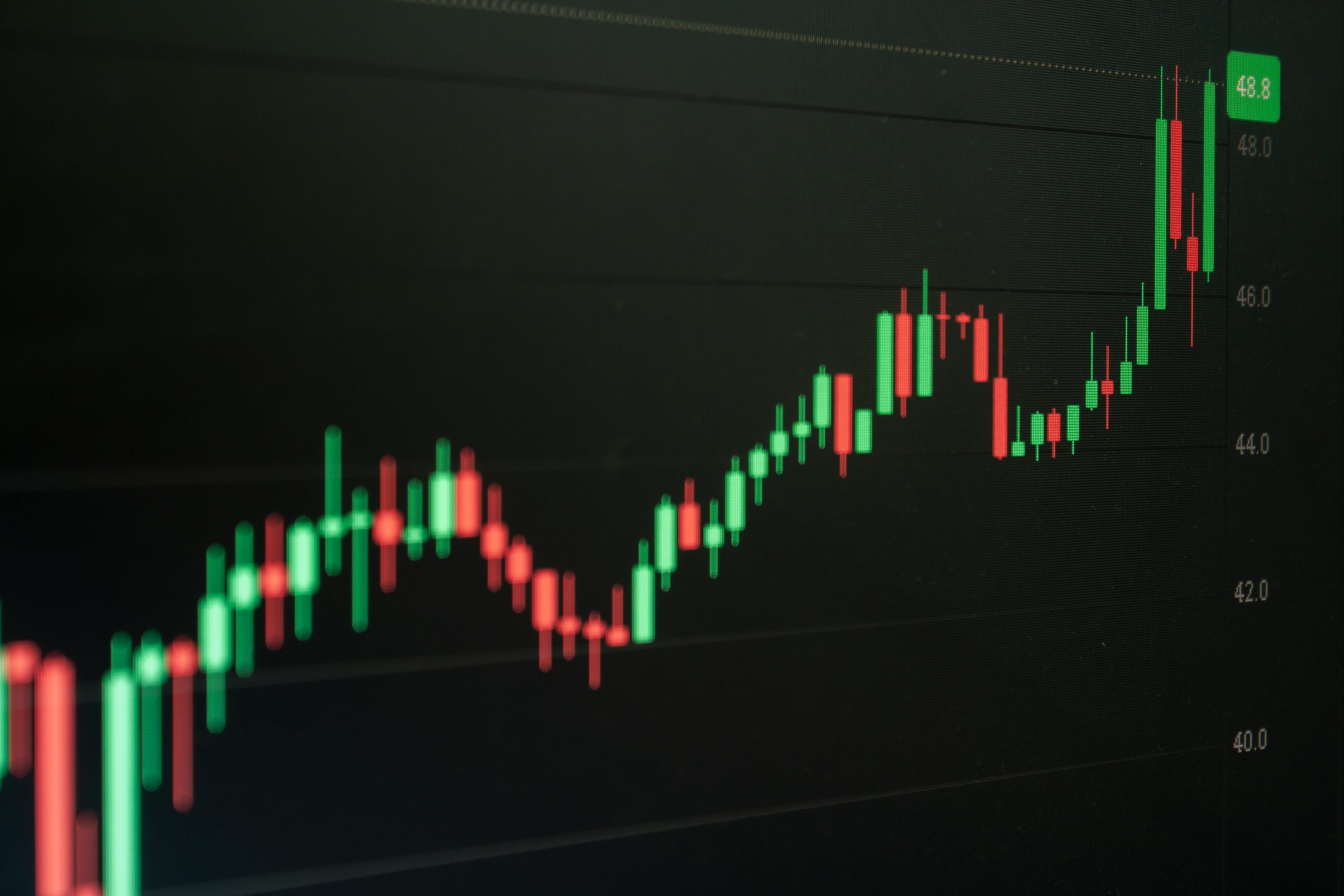Welcome to Trader! If you’re new to the world of forex trading, understanding forex signals can be a game-changer in your trading journey. This comprehensive step-by-step guide will walk you through everything you need to know about forex signals—from what they are, how they work, to how you can use them effectively to improve your trading results.
What Are Forex Signals?
Forex signals are trade suggestions or alerts that indicate the ideal time to buy or sell a currency pair. These signals are generated based on technical analysis, market trends, economic events, or a combination of factors. They help traders make informed decisions by highlighting potential trading opportunities in the forex market.
Types of Forex Signals
There are generally two types of forex signals:
- Manual Signals: These are created by experienced traders or analysts who manually analyze the market and send trading alerts.
- Automated Signals: Generated by algorithms or trading robots, these signals rely on preset rules and indicators to identify trade setups.
Understanding these distinctions is crucial for beginners to decide which type fits their trading style.
Why Use Forex Signals?
For beginners, the forex market can be overwhelming due to its complexity and fast pace. Forex signals simplify this by providing actionable insights. Here’s why they are valuable:
- Time-saving: You don’t need to analyze charts for hours.
- Learning tool: Helps beginners understand market movements and strategies.
- Improved decision-making: Signals provide entry and exit points backed by research.
- Risk management: Many signals include stop-loss and take-profit levels to minimize risk.
How Forex Signals Work
Forex signals typically include four main components:
- Currency Pair: The specific forex pair to trade, such as EUR/USD.
- Trade Direction: Whether to buy (go long) or sell (go short).
- Entry Price: The ideal price to enter the trade.
- Stop Loss & Take Profit: Levels to limit losses and lock in profits.
Traders receive these signals via email, SMS, apps, or platforms and decide whether to act on them based on their trading strategy.
Step-by-Step Guide to Using Forex Signals
Step 1: Choose a Reliable Signal Provider
Not all forex signals are created equal. Choosing a reputable provider is the first critical step.
- Look for providers with proven track records.
- Check for transparency and detailed explanations.
- Ensure they offer signals that align with your trading goals.
- Verify if they provide risk management advice.
Step 2: Understand the Signal Details
Before acting on any forex signals, understand the information thoroughly.
- Confirm the currency pair mentioned.
- Check the recommended entry price and whether the current market price matches it.
- Review stop-loss and take-profit levels to manage risk.
- Assess the suggested trade direction.
Step 3: Use a Demo Account
Beginners should always practice on a demo account before risking real money.
- Apply forex signals in a risk-free environment.
- Track the success rate of signals.
- Adjust your strategy based on the outcomes.
Step 4: Manage Your Risk
Even the best forex signals don’t guarantee profits. Implementing strict risk management is vital.
- Never risk more than 1-2% of your trading capital on a single trade.
- Always set stop-loss orders as suggested in the signals.
- Use take-profit orders to secure gains.
- Avoid emotional trading—stick to the plan.
Step 5: Evaluate and Adapt
Regularly evaluate the performance of the forex signals you receive.
- Track win rates and profitability.
- Consider feedback or community reviews.
- Switch providers if signals consistently underperform.
- Combine signals with your own market analysis for better results.
Benefits of Using Forex Signals for Beginners
- Education: Learn market analysis techniques through signal explanations.
- Confidence: Gain confidence by following expert recommendations.
- Consistency: Develop a more consistent trading approach.
- Time Efficiency: Focus on execution rather than analysis.
Potential Risks and How to Avoid Them
Forex signals are not foolproof. Here are some common risks and tips to mitigate them:
- Scams: Avoid providers promising guaranteed profits.
- Over-reliance: Use signals as a guide, not the sole basis for trades.
- Market volatility: Understand that unexpected events can affect trade outcomes.
- Poor risk management: Always follow stop-loss and take-profit recommendations.
Tools and Platforms for Receiving Forex Signals
Various platforms offer forex signals, ranging from free to paid subscriptions:
- MetaTrader 4/5: Popular platforms with integrated signal services.
- Telegram: Many signal groups share alerts here.
- Dedicated apps: Some providers have custom apps for easy access.
- Email and SMS: Traditional delivery methods still widely used.
Choose a platform that suits your preferences and provides timely, reliable updates.
Tips to Maximize Forex Signal Success
- Combine signals with your own technical analysis.
- Stay updated on economic news and events.
- Maintain discipline by following signal instructions carefully.
- Keep a trading journal to track your progress and improve.
Conclusion
Forex signals can be an invaluable resource for beginners stepping into the forex trading arena. By providing clear, actionable trade ideas, they help simplify market complexity and improve decision-making. However, success depends on choosing trustworthy providers, managing risk effectively, and continuously learning from each trade. Use this step-by-step guide to navigate the world of forex signals confidently and start building your trading skills with Trader as your trusted companion. Remember, patience and consistent effort are key to becoming a successful forex trader.




